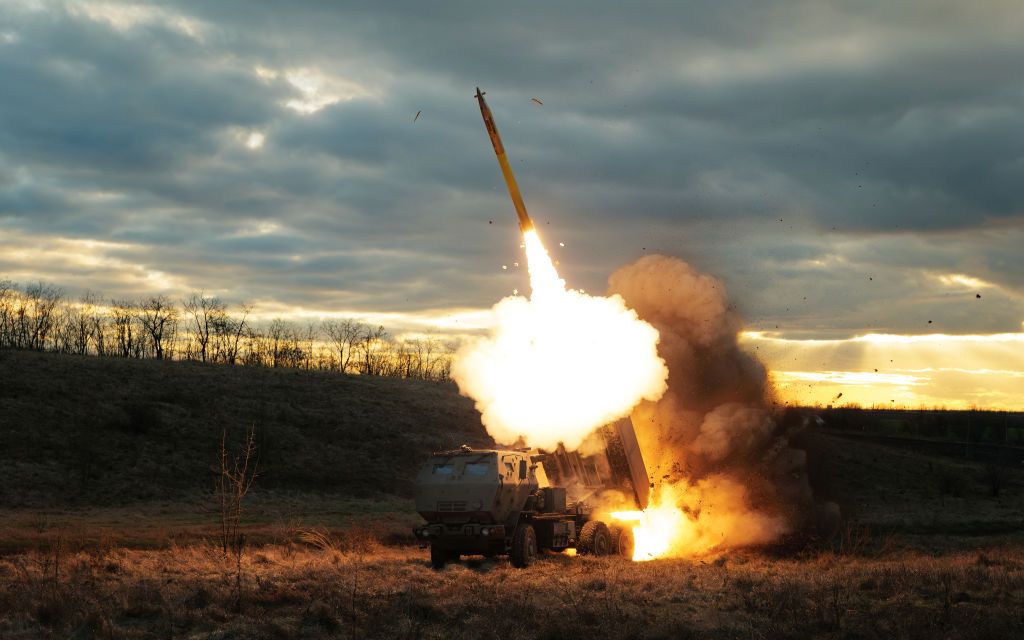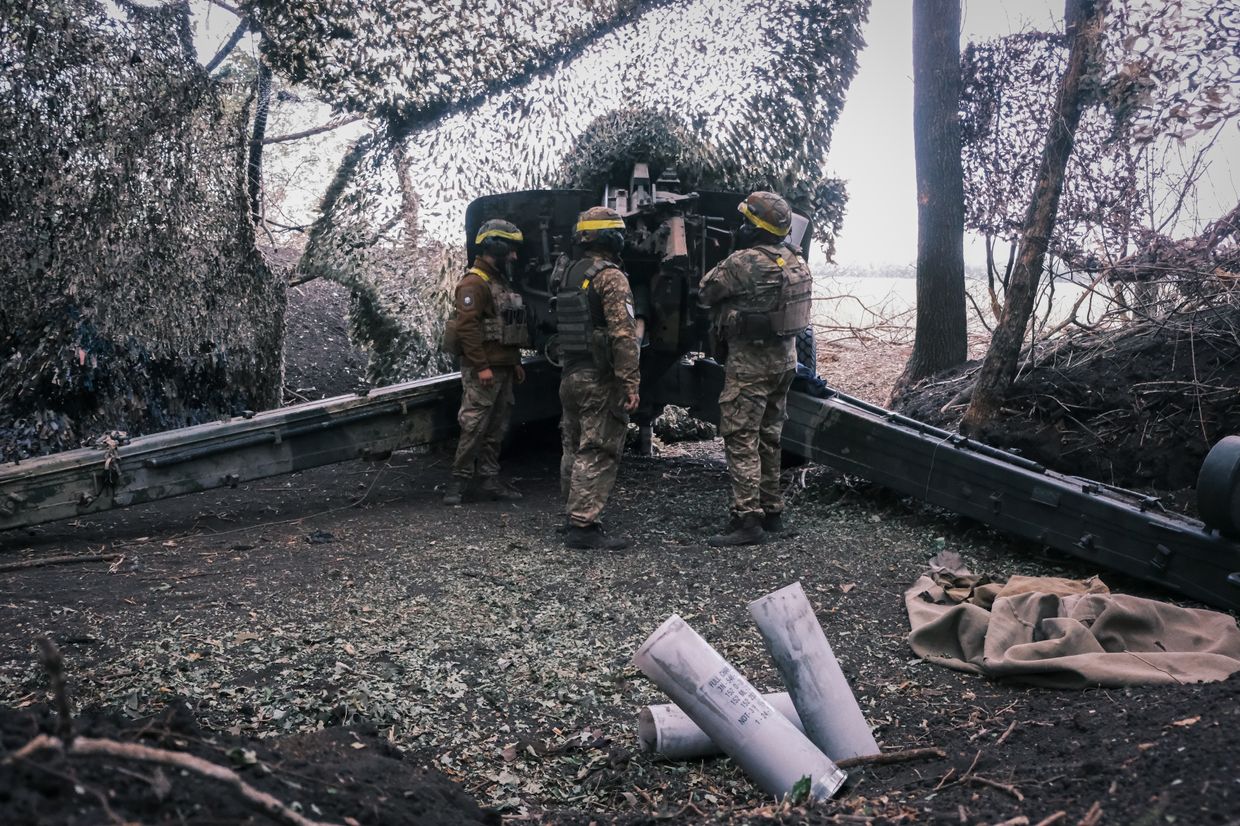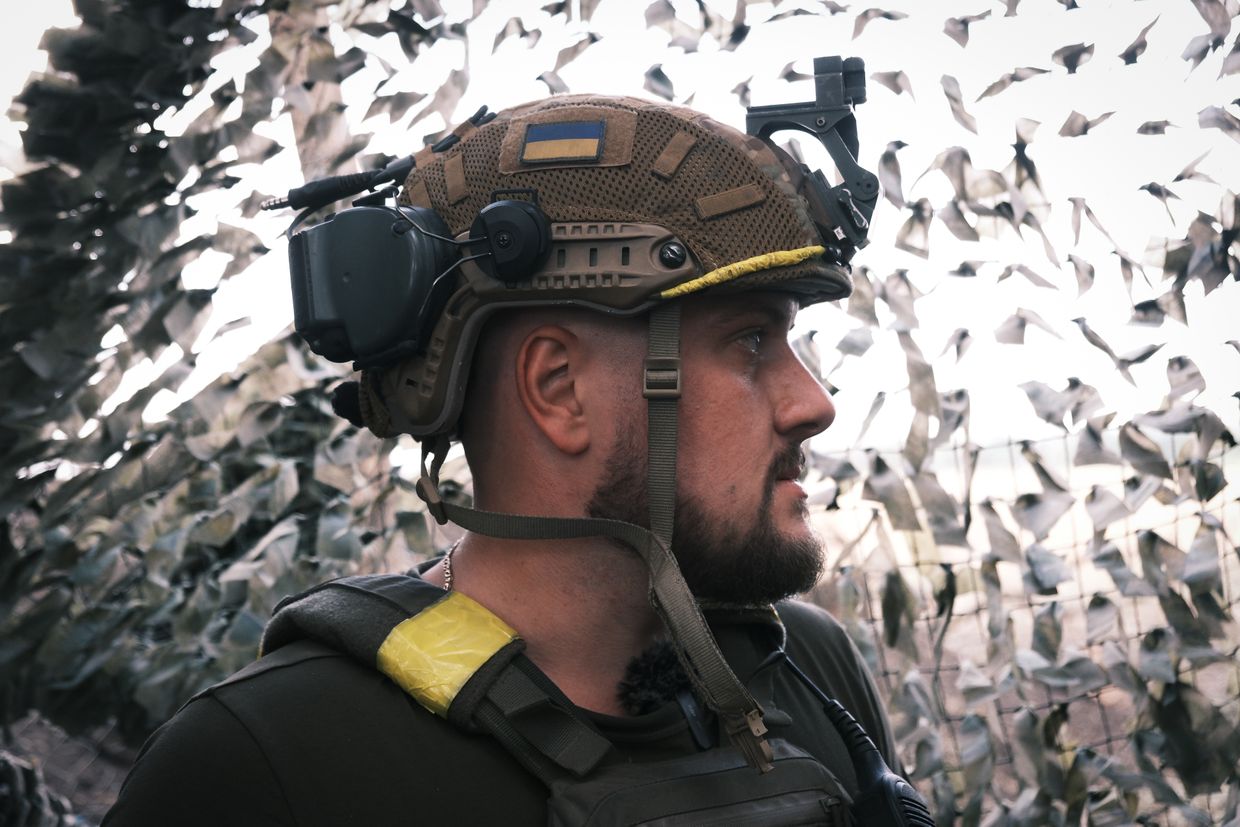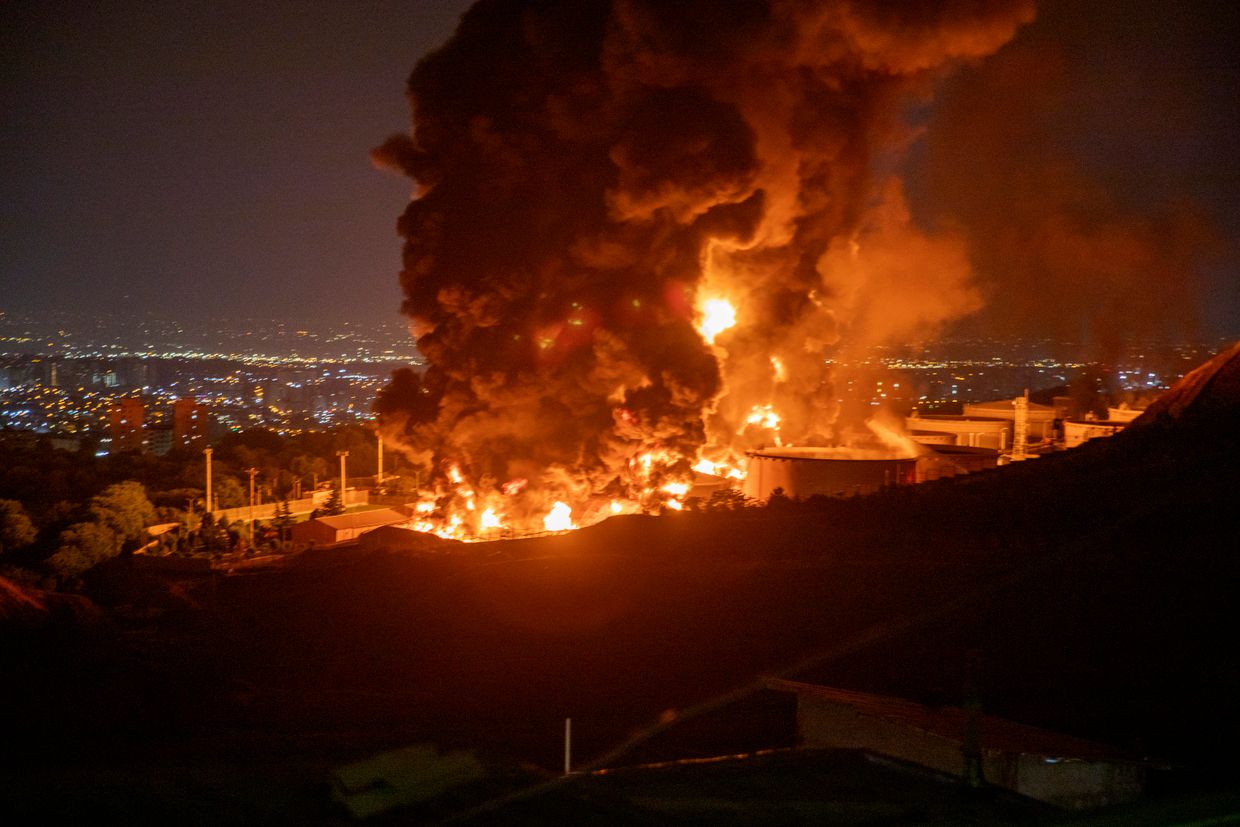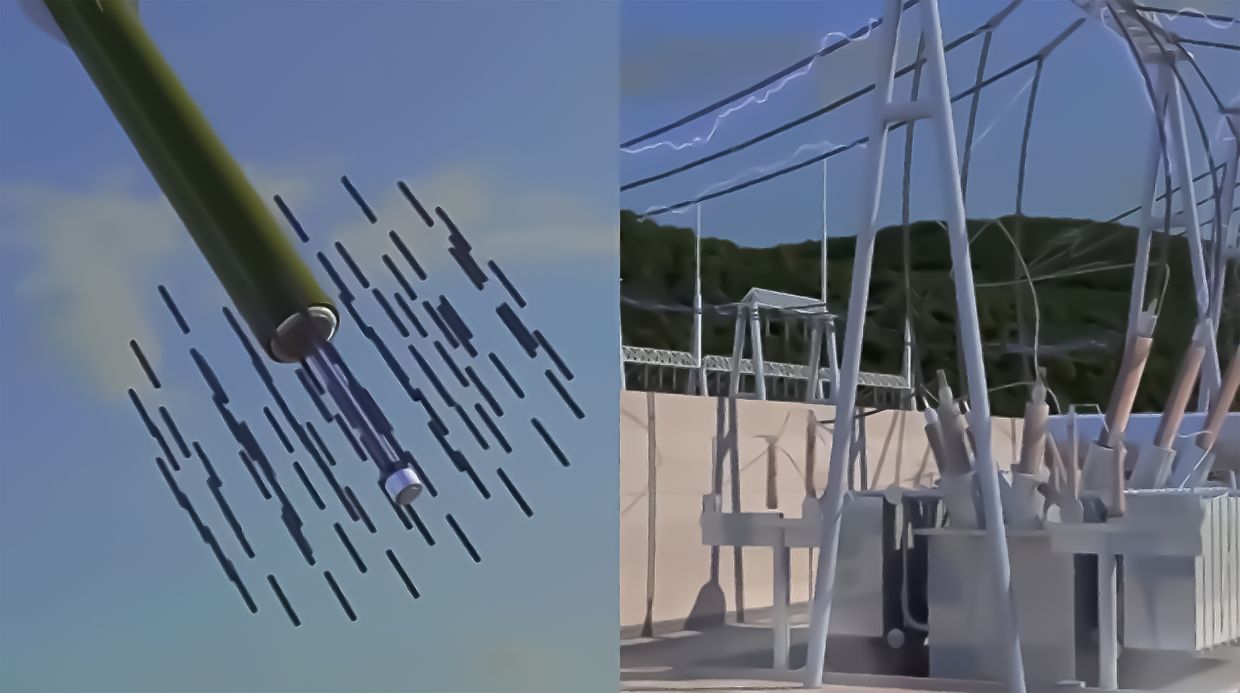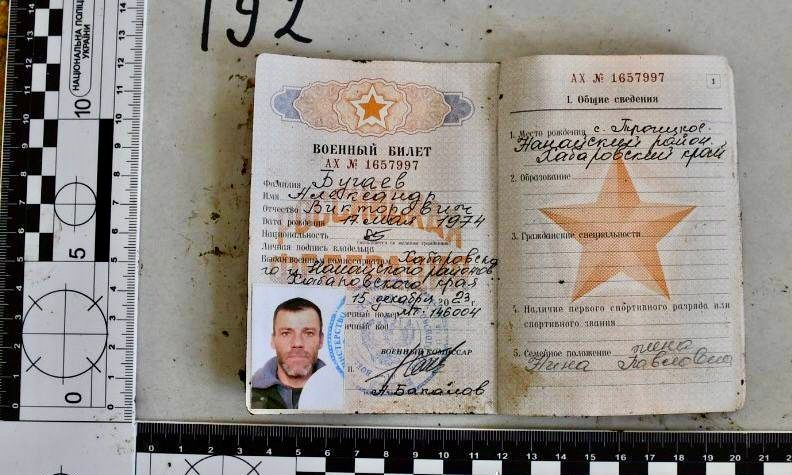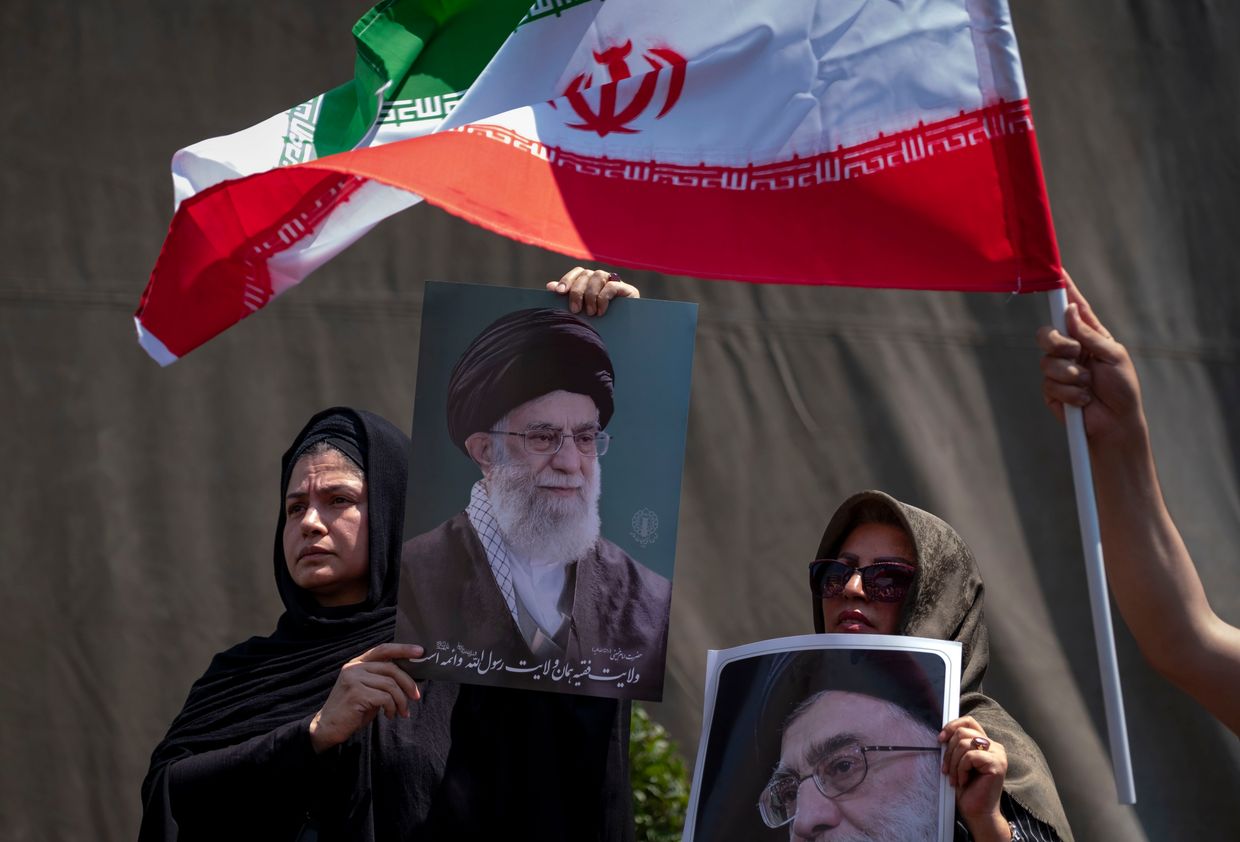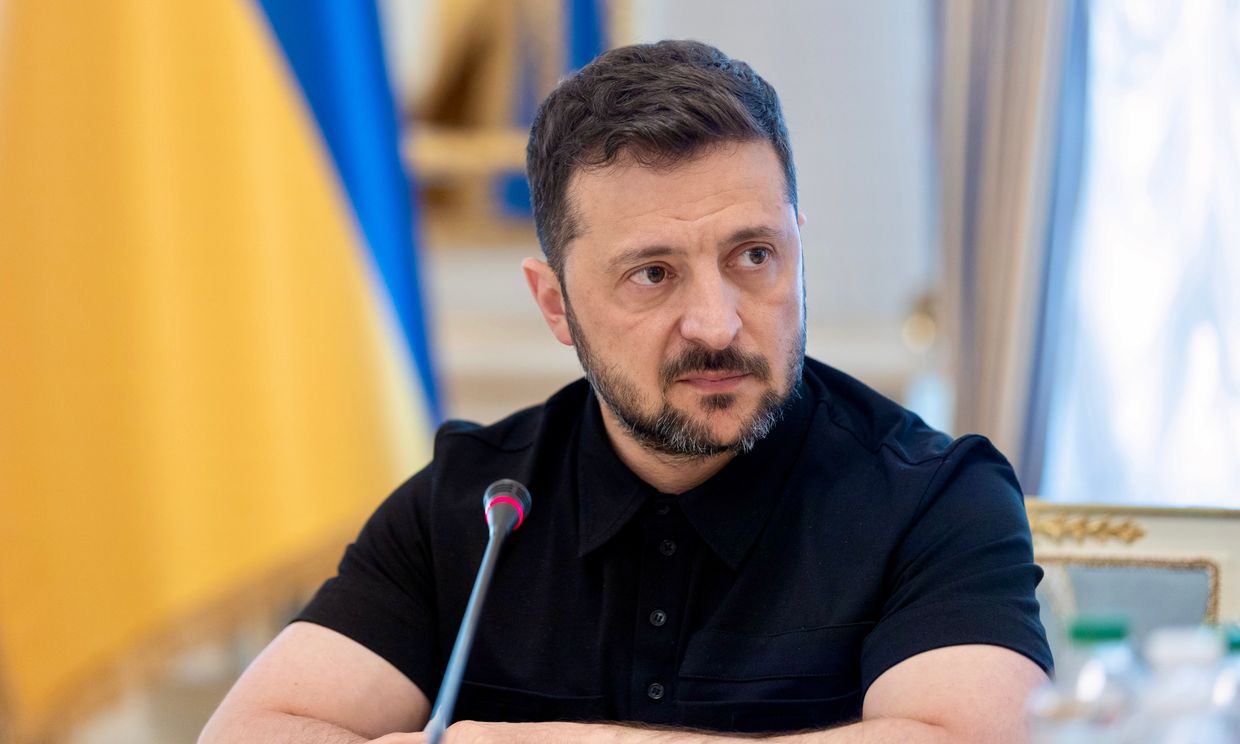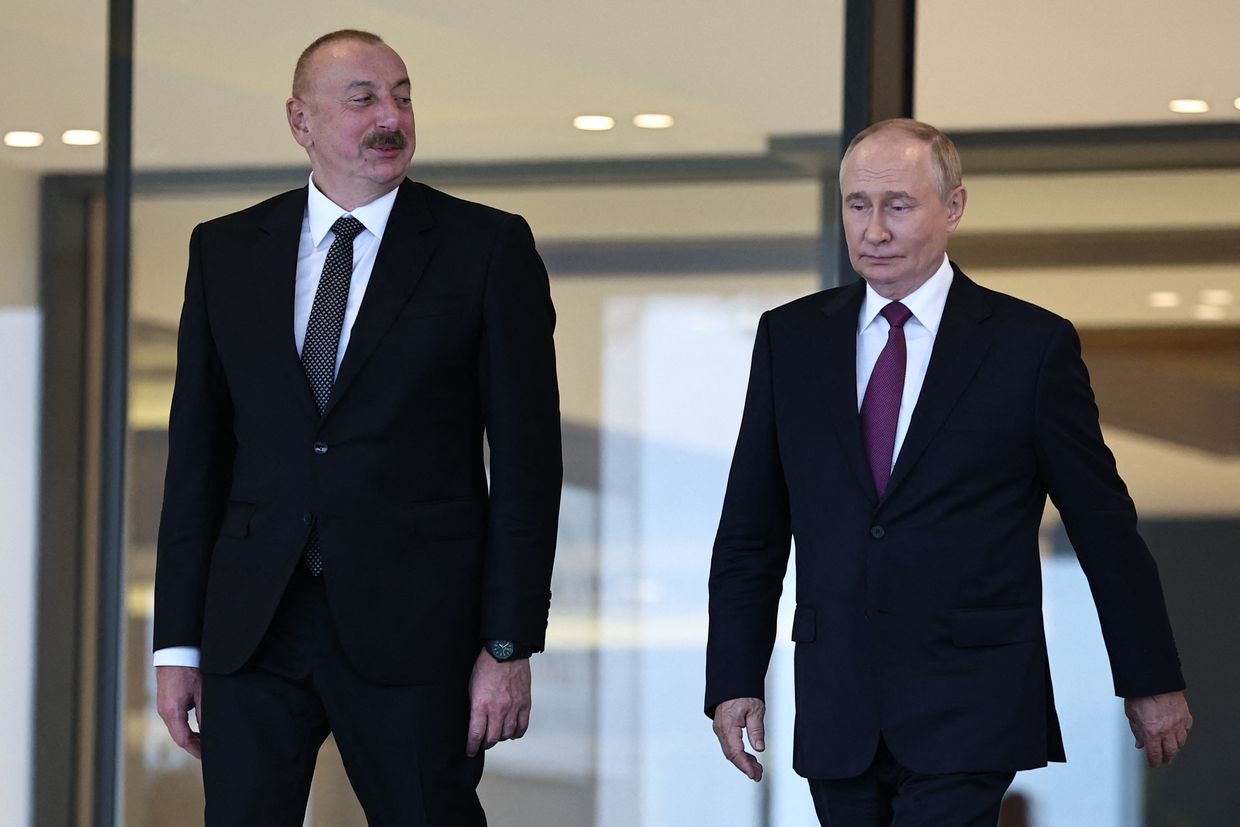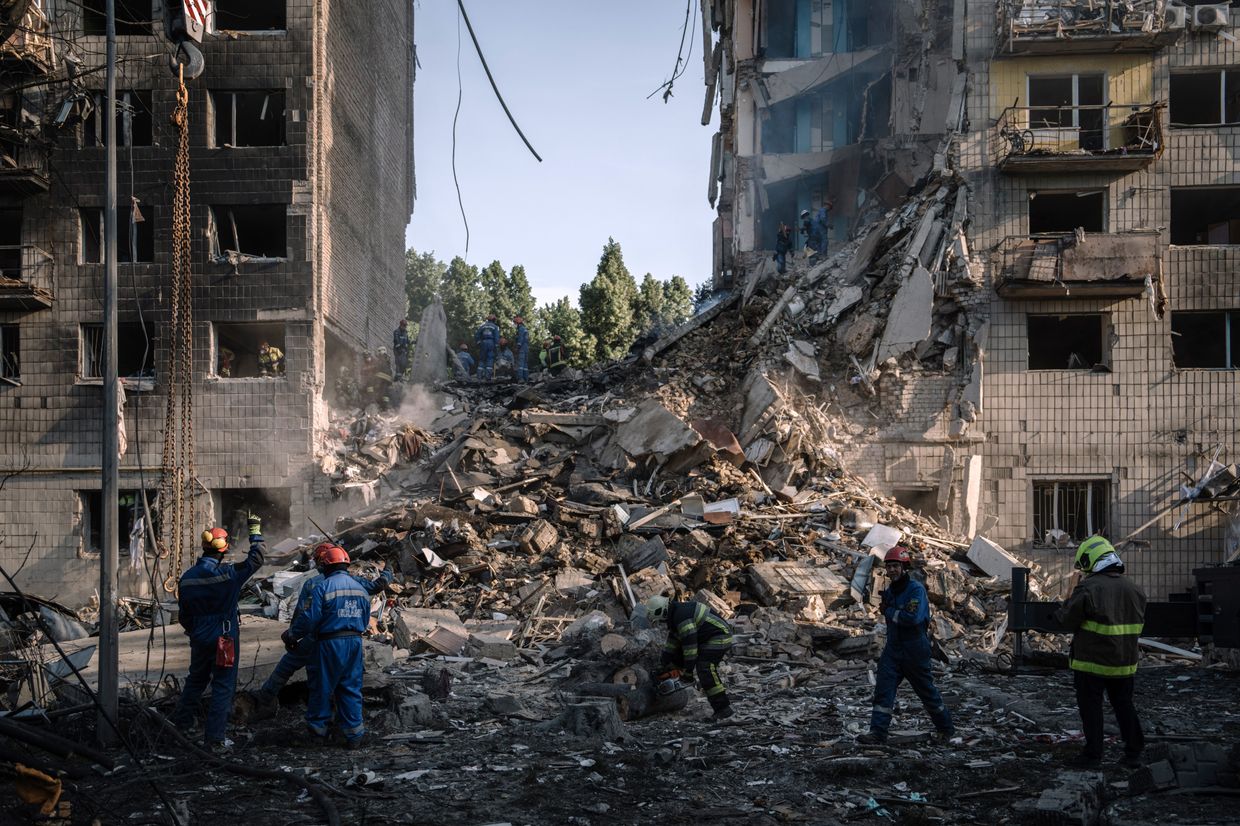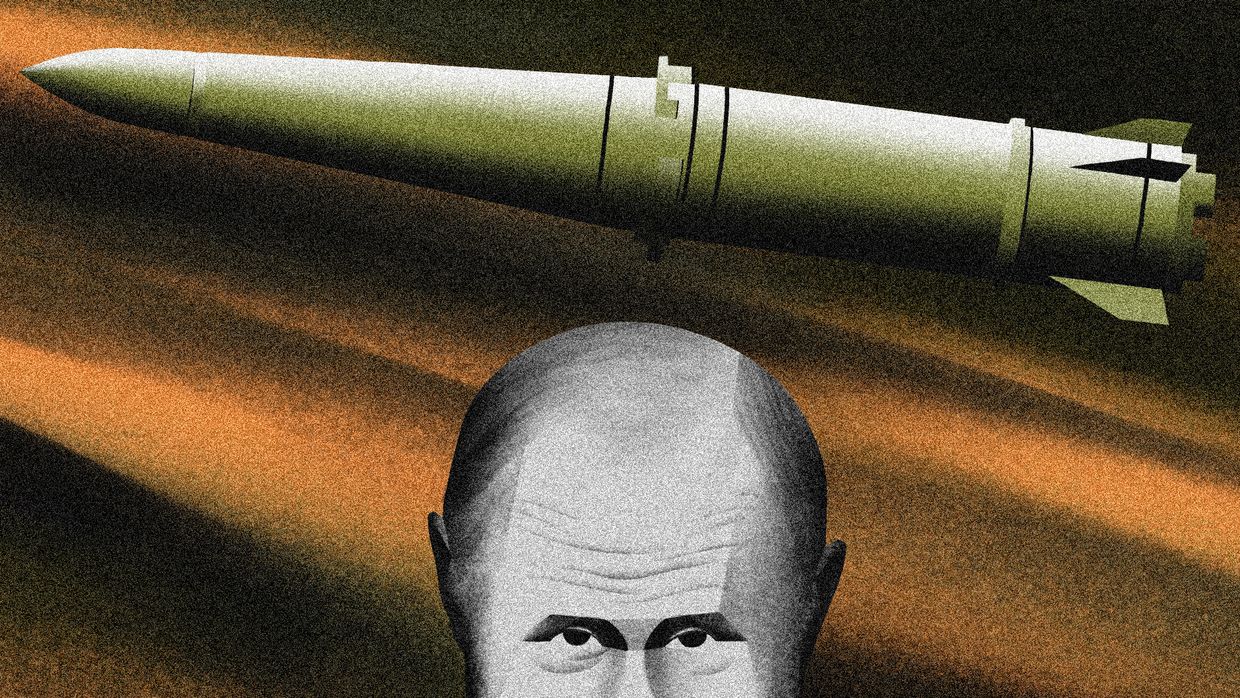Editor’s note: In accordance with the security protocols of the Ukrainian military, soldiers featured in this story are identified by first names and callsigns only.
POKROVSK DISTRICT, Donetsk Oblast – Marked by wide plumes of gray smoke on the horizon, the open fields stretching out southeast of the city of Pokrovsk don’t resemble a front line that has stabilized.
Following a dirt road between a treeline and a field of drying, unharvested sunflowers, the military car gains speed as it enters the range of enemy suicide drones.
There is a safer road to the positions, says artilleryman Andrii, callsign “Mazhor,” from the front seat, but they take this one, as the smoother ride causes less damage to the unit’s precious fleet of cars.
In the absence of the small 3D-printed detectors that many soldiers carry, the artillerymen receive warnings of drones in the air on WhatsApp.
For now, the sky is clear, but the longer one spends in the open and the closer one gets to the zero line, the risk from all kinds of threats from the sky — as does the volume of the battles nearby — only increases.
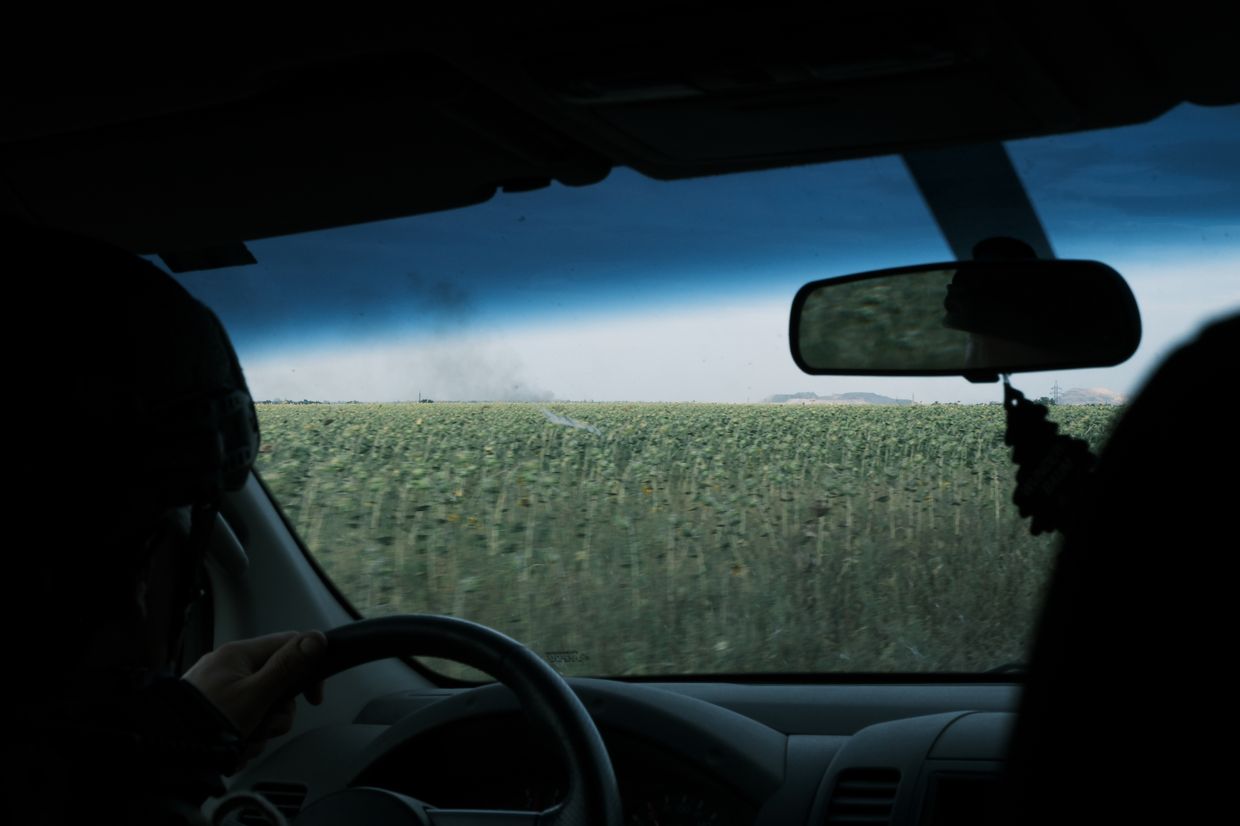
Throughout this third summer of Russia’s full-scale war in Ukraine, this area has consistently been where fighting is at its most intense.
Struggling to consolidate resistance along unified lines of defense in the face of waves of infantry assaults covered by dense use of Russian artillery, glide bombs, and drones, Ukrainian forces have been losing territory at a rate not seen since 2022.
Since the first break through of Ukrainian defense lines in April near the village of Ocheretyne, Russian forces have advanced over 20 kilometers towards Pokrovsk, with the key logistics hub once considered to be deep in the rear, now gradually coming in range of Russian artillery and suicide drones.
Despite Kyiv’s attempts to draw away Russian forces from Pokrovsk with the surprise incursion into Kursk Oblast, Moscow made sure not to take its foot off the pedal, further intensifying its attacks over August.
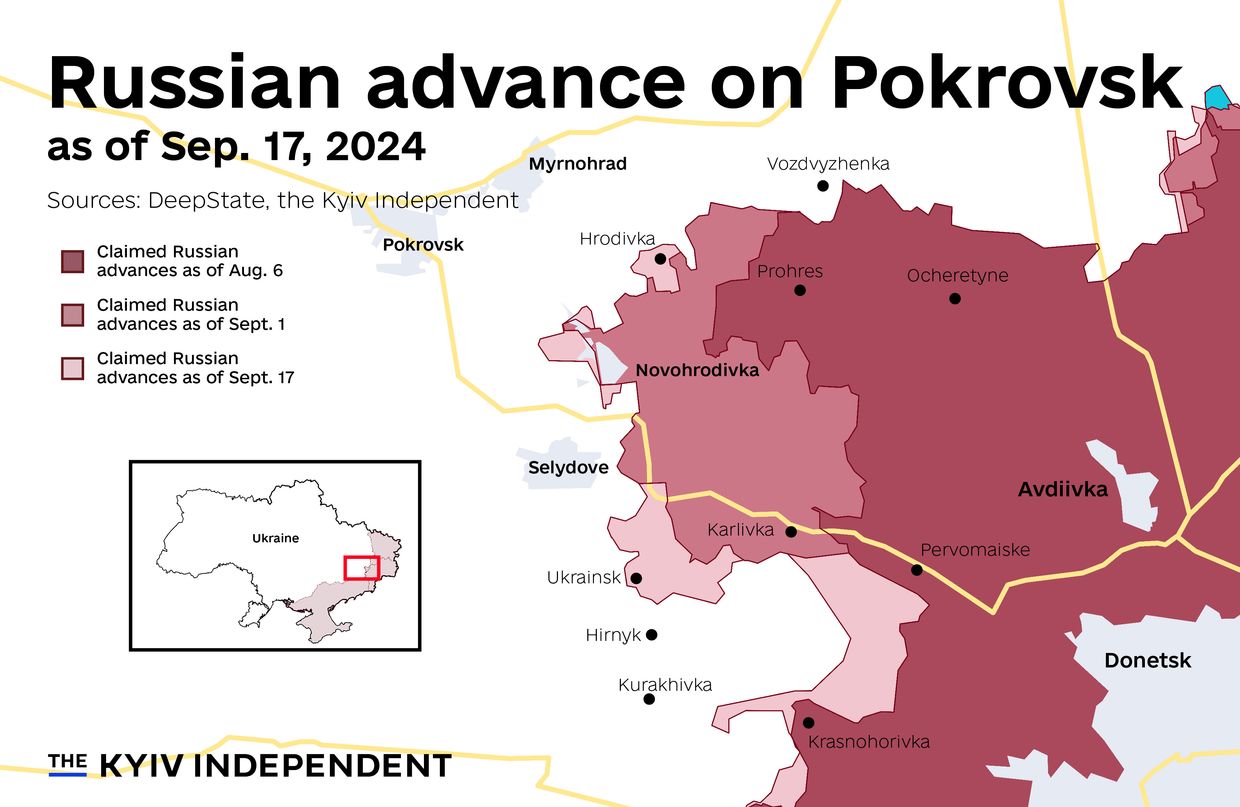
Kyiv needed to act quickly and did, transferring brigades both from strategic reserves and less-active sectors into the fight.
Andrii’s unit, Ukraine’s 15th National Guard Brigade, better known as Kara-Dag, is part of the rescue force.
Deployed to Zaporizhzhia Oblast since its formation in early 2023, the brigade was rushed here at the beginning of September to stem the tide of the Russian offensive.
At first, the deployment of fresh forces seemed to have a near-immediate effect: On Sept. 5, Ukrainian Commander-in-Chief Oleksandr Syrskyi claimed that the Russian offensive had been halted.
On the ground though, the situation remains near-critical, and since Syrskyi’s claim, Russian forces have resumed their advances towards Pokrovsk, while also threatening to encircle a large grouping of Ukrainian forces south of the main salient.
Speaking to the Kyiv Independent over a week spent in the area, soldiers testified that the offensive on Pokrovsk had indeed slowed somewhat, giving defending forces priceless breathing room to improve positions and better organize their work.
In their words though, with systemic issues in the Ukrainian defense not going anywhere, and an overall manpower shortage that has only gotten more acute, the threat of a renewed Russian push to reach the outskirts of the city remains high.
Risky business
The howitzer is hidden away carefully from prying eyes in the sky by two layers of concealment: an array of camouflage netting as well as the slowly browning early autumn foliage.
This artillery piece, a Msta-B 152mm towed howitzer that was captured from Russian forces during the Kharkiv counteroffensive in September 2022, is now playing a vital role in stopping its original owners.
The name “Violetta,” scrawled in marker on the breech by Russian soldiers, is a stark contrast to the deadly power of the weapon: the 152mm shell was the munition of choice for heavy artillery bombardments on both sides until Ukraine began to transition to mostly NATO-standard ammunition.
The availability of shells for guns like these is a problem that has plagued Ukraine’s artillery for the better part of the war, as old stocks of Soviet-era munitions run dry around the world.
But here, in a testament to how important holding Pokrovsk is for Kyiv, the crew from Kara-Dag is supplied with a constant flow of shells, sourced from a number of different countries, including Ukraine’s fledgling homegrown production facilities.
Since their deployment to Selydove a week earlier, rarely does much time go by without a fire mission.
Selydove, a city with a pre-war population of about 21,000, forms a formidable physical roadblock to the attacking force.
According to Andrii, Russian forces continue to attempt assaults on the city, gathering in the neighboring village of Mykhailivka but have not found success recently.
“Our work is to rain fire on enemy groupings before they get moving,” he said.
“Because of that, the enemy hasn't moved forward here for two weeks, and the village is full of enemy bodies.”
At the moment, this crew has been assigned to provide counterbattery fire, targeting the very enemy artillery pieces and drone positions that make life for the Ukrainian infantry around Pokrovsk so perilous.
Such an assignment exponentially increases the danger the team is under, as they themselves must push a lot further forward towards the line of contact to bring their targets in range.
“When the enemy took Memryk (a village just east of Selydove), our guys were working from only two kilometers away from them,” said Andrii.
On the day the Kyiv Independent visited, the crew had already damaged or destroyed two Russian howitzers that morning, a feat confirmed from the air by Ukrainian reconnaissance drones.
Pushed to the limit
At a moonlit firing range in an old quarry further in the rear, the silence is broken by the fearsome bursts of large-caliber automatic fire.
Here, infantrymen from a fire support company of Ukraine’s 68th Jaeger Brigade are testing a new flash suppressor for their U.S.-made M2 Browning heavy machine gun.
Operating heavy machine guns like the Browning from a kilometer or two behind the zero line, these men should, in theory, be in less danger than those who they are covering.
But here in the Pokrovsk sector, Russian forces have advanced so quickly that they often found themselves under direct assault.
“The fighting is tough, it's very dynamic,” said Oleksandr, a 32-year-old machine gunner who declined to give his callsign; “very often, you simply have a situation where the front line is moving very quickly.
“It does seem like things have died down a little over the last two weeks,” he added.
“Before, it felt like basically every mission ended up with us having to change positions, and in some cases, we came into direct contact with the enemy, even though we should be working from further back.”
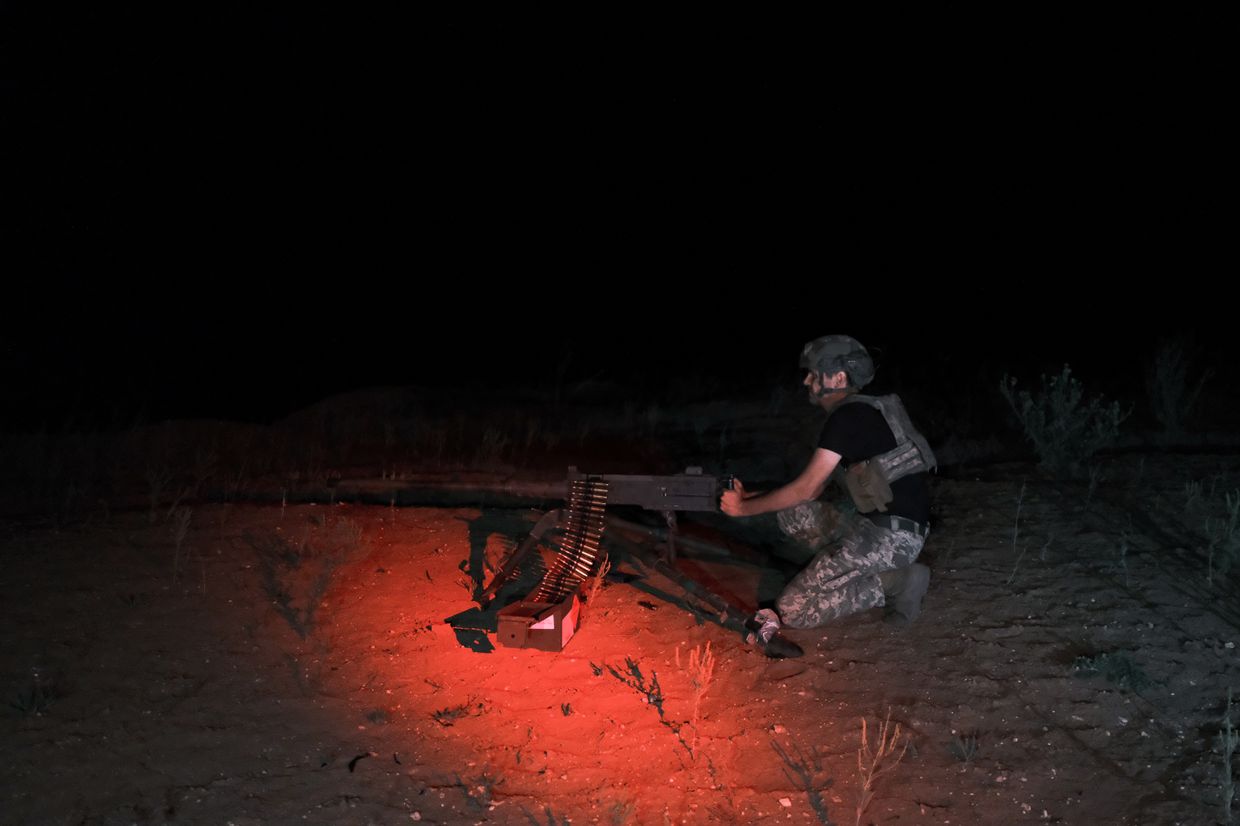
Deployed to the Pokrovsk sector around the time the Russian offensive accelerated in late spring, the brigade has borne the heavy burden of being at the tip of Moscow’s attacking spear.
“Their tactics never change: they attack with quantity, and we fight them off with quality,” said Dmytro “Volynets,” another machine gunner in the company.
“If we had that many people, that much ammunition, we would have fought all of them off a long time ago, but instead, we have shortages.”
The infantrymen’s stories testify to the starkly attritional nature of the fight: although Russia’s relentless infantry assaults come at a high cost, with enough time and enough fire covering the defending positions, the defenders are inevitably overwhelmed.
“We can be fighting them off for a while, but eventually our ammunition runs out,” said Dmytro, 32.
“And while they are getting resupplied constantly, we can't do the same, they cover all the routes, and because of that, we have to give up our positions.”
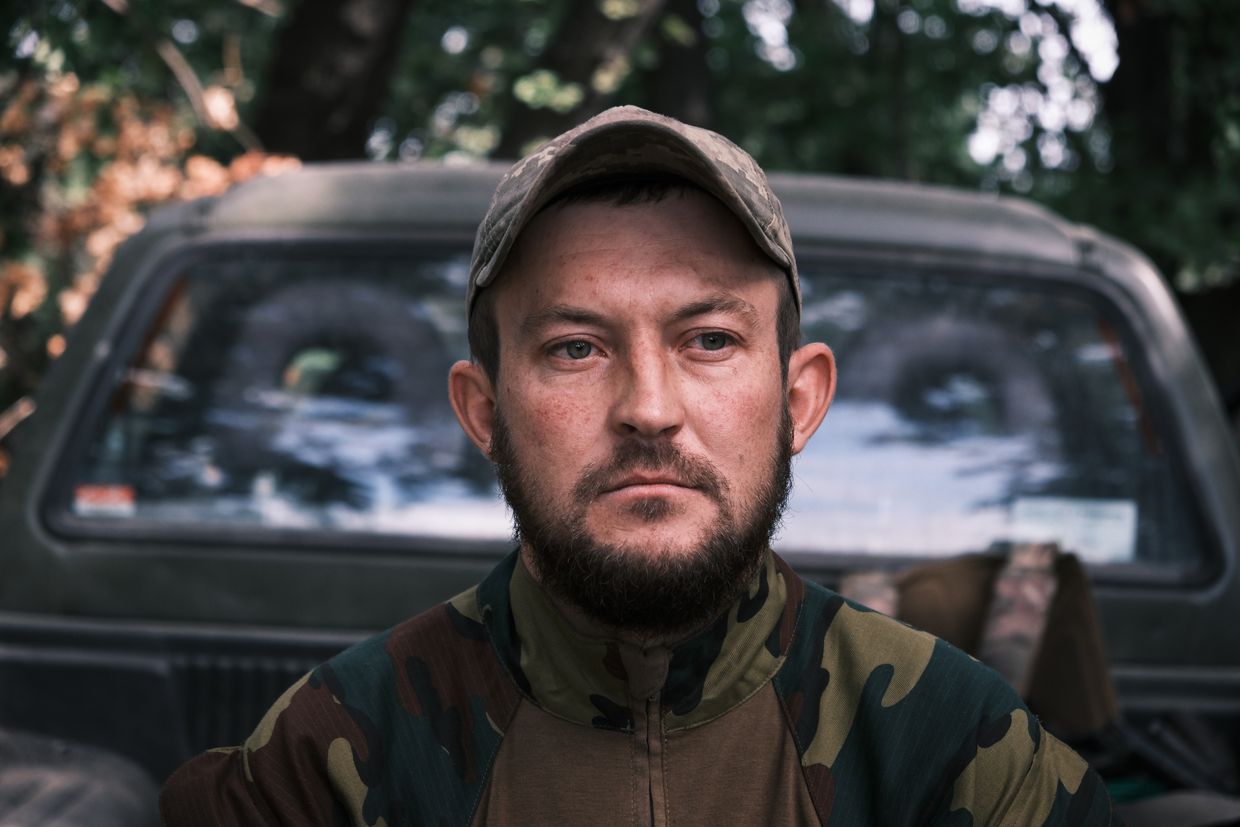
Often, as one incident recalled by Oleksandr demonstrated, localized withdrawals of the infantry in front of them, or of neighboring brigades on the flanks, are not reported to them before it is too late.
“We were at a position, but when our dugout started burning we had to move and dig in somewhere else,” he said.
“We were waiting for a car to get us out, we were joined by two wounded guys from our unit, and suddenly we heard Russian voices. We prepared and soon we were in a close firefight; they came up to about 10 meters from us.”
In the end, Oleksandr’s squad was able to escape by laying down suppressive fire and withdrawing under the cover of darkness.
Bitter work
With many different units — all in various states of combat effectiveness — deployed to the Pokrovsk front, effective communication between brigades is a crucial factor that is often lacking , soldiers from both brigades told the Kyiv Independent.
One officer of the 68th, who asked not to be identified because of the nature of his comments, said that for months over summer, one of the neighboring brigades would consistently fail to report lost positions, leaving his own units vulnerable from the flank without knowing about it.
“In our area, there are a lot of different units, and communication between them becomes a big problem,” said Oleksandr.
“You could have 3-4 units fighting in the same sector, but don't have proper communications between them; they have their radio stations encrypted for their own people. But we try, we look at the identification signs, and we always look to find out who it is that is posted next to us.”
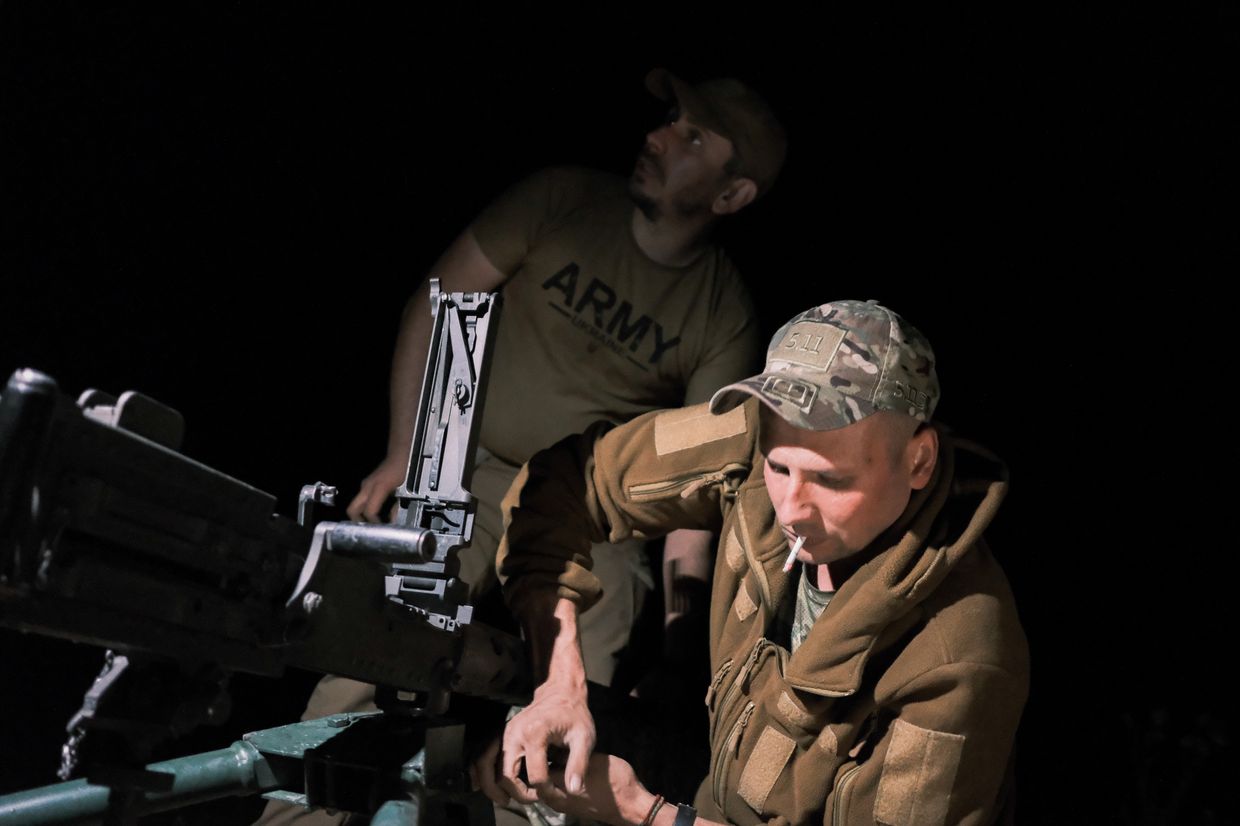
With time, fighting in a defensive operation that has been far from under control comes at a heavy cost.
Asked about the manpower situation in their infantry battalions, officers from both brigades described it as critical.
“In the last two months here, to be honest, we have had serious losses. Killed, injured, and taken prisoner,” said Olena Tarishchuk, a 39-year-old lieutenant responsible for monitoring the morale and mental state of the fire support company’s personnel.
“We need rest, we need rotation, we basically need support. We don't have enough manpower to carry out our orders.”
Inevitably, extreme manpower strains, on top of the reluctance of Ukraine’s higher command to rotate exhausted units off the front line, take their toll on the infantry’s morale.
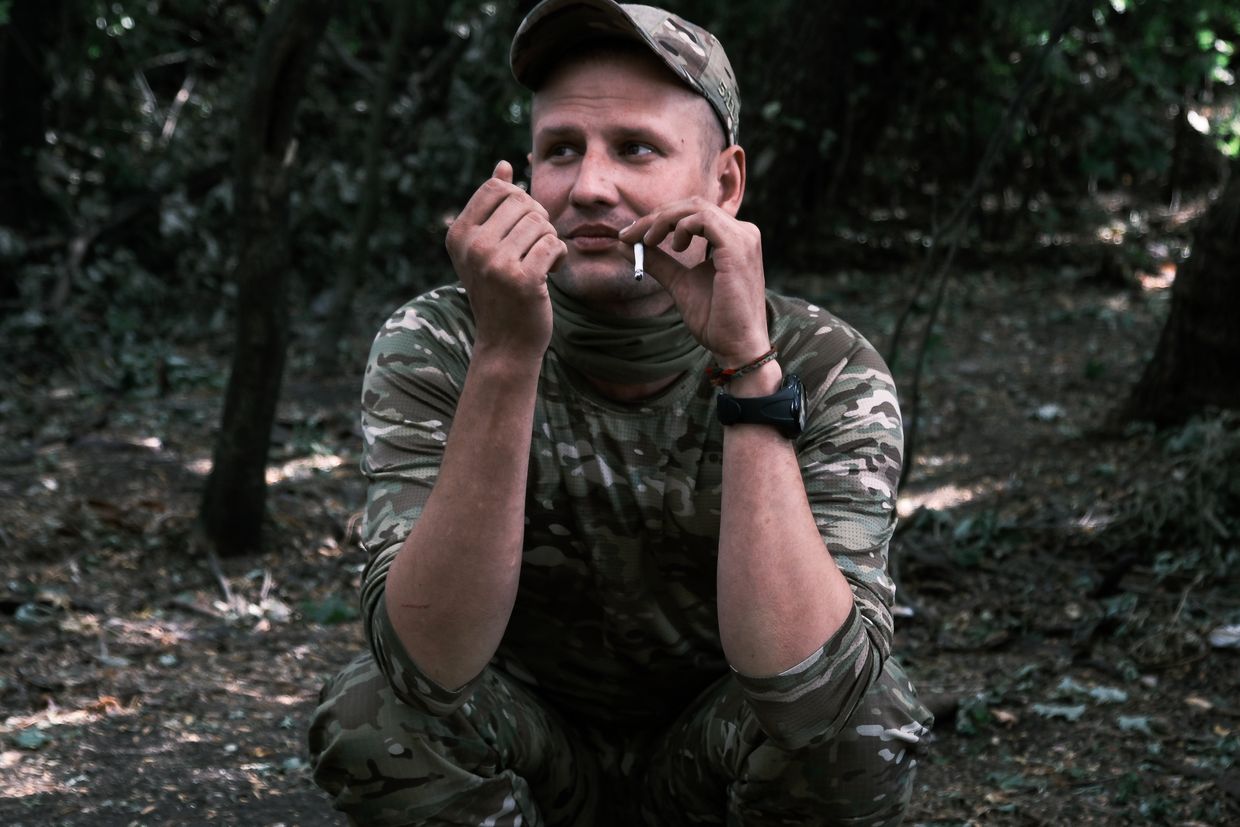
“In recent times, according to all our consultations and surveys, morale levels are in the worst category at the moment,” said Tarishchuk, “The guys are simply holding on with their last strength, it's tough, but still, nobody refuses to go or tries to sit out missions.”
Though the incursion into Kursk Oblast was praised for giving a sharp boost to morale among both soldiers and civilians across Ukraine, the feeling near Pokrovsk was bittersweet at best, according to Tarishchuk.
“There was no euphoria among us,” she said.
“Sure, some of our guys were saying they really wanted to go and fight there (in Kursk Oblast), but most of them were saying 'Why didn't they send those reserves here, those same brigades; we could save the situation here quickly."
Temporary relief
Back at the artillery positions of the Kara-Dag Brigade, Andrii’s howitzer crew receives a fire mission.
Upon the sharp words of “Cannon, to battle!” from the commander, the men spring into action in a split second, all with a clear vision of their role in the team.
One retrieves the shell, another the charge; two men remove the camouflage netting from the Msta-B’s huge barrel, and two more begin raising it skywards, in preparation to aim and fire.
As the crew gets to work, they don’t know yet what the target is: all they have are coordinates, which are quickly converted by the commander into settings for the gun.
Five shells are fired in total, each shot briefly igniting the sky in yellow and sending a wave of dirt in all directions.
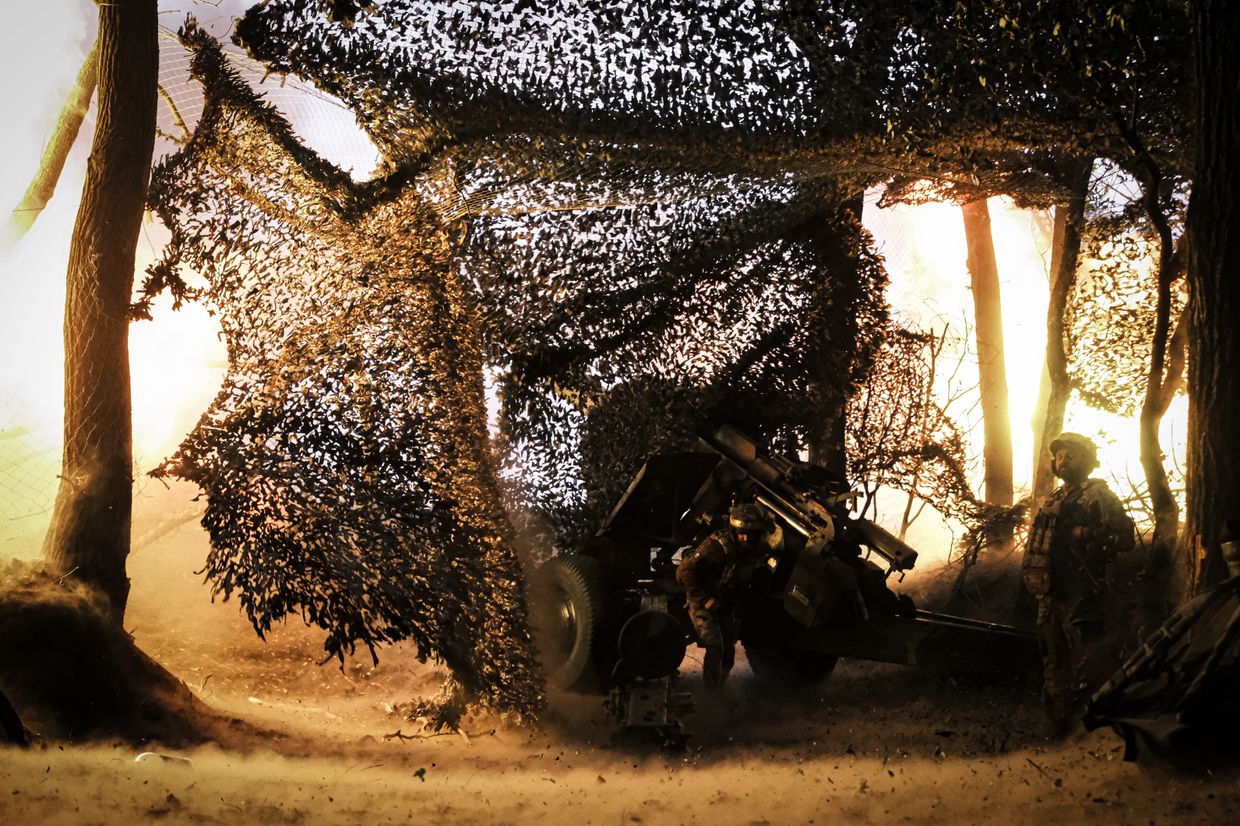
As soon as the order to mask up is given, the team finishes their work as quickly as they started it: down goes the barrel, back goes the netting, as everyone shuffles into the trench in expectation of return fire.
It’s not long before the commander comes with good news: the five shells were enough, almost certainly, to knock out yet another Russian D-30 howitzer working out of a nearby village.
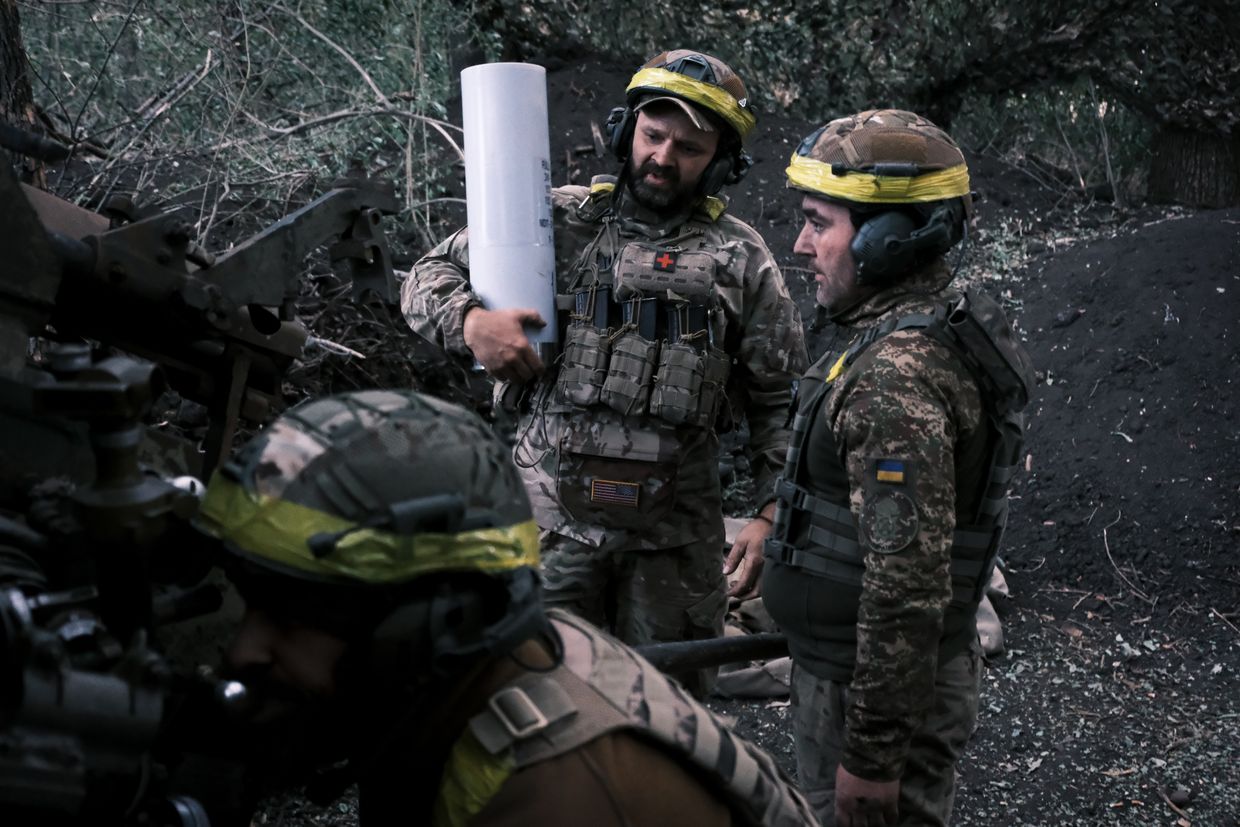
According to Andrii, Kara-Dag’s defense of Selydove is firmly under control.
But, in a story that seems to just keep on repeating itself over this summer, Andrii is concerned about the threats from the flanks.
On the day of the visit, the commander told the Kyiv Independent that Russian forces had begun making new gains south of Selydove.
A few days later, the changes in the line appeared on open-source mapping projects, part of an overall resumption in the Russian moves on Pokrovsk.
“Selydove is a good place to defend, all we need is a few strong points, and we can hold the line with no problem,” said Andrii.
“But if the Russians go around, it means that our sector will get longer, and to hold that, we will need more forces.”
Note from the author:
Hi, this is Francis Farrell, cheers for reading this article. This is the first of three stories that we will publish from our field trip to the Pokrovsk direction at one of the most critical times for the Ukrainian defense of Donbas since the start of this war. Whatever happens and however it is presented in the world's media, we see it as our job to bring you the reality from the ground in its most raw and honest form. Please consider supporting our reporting.
